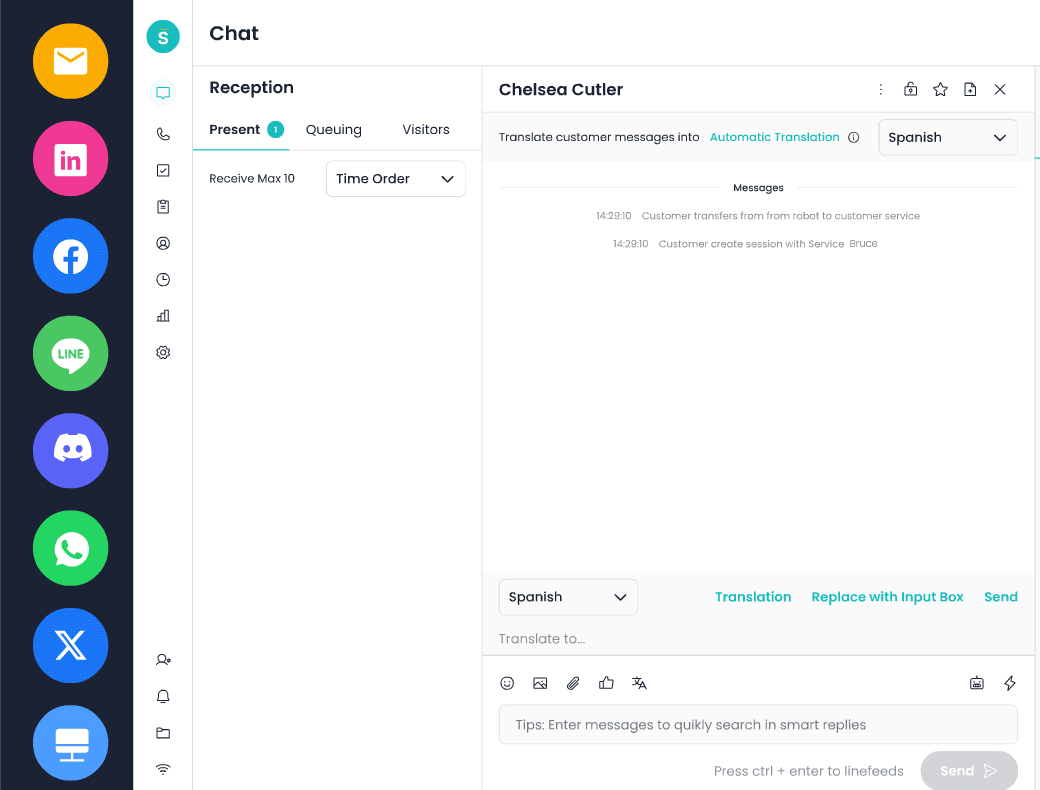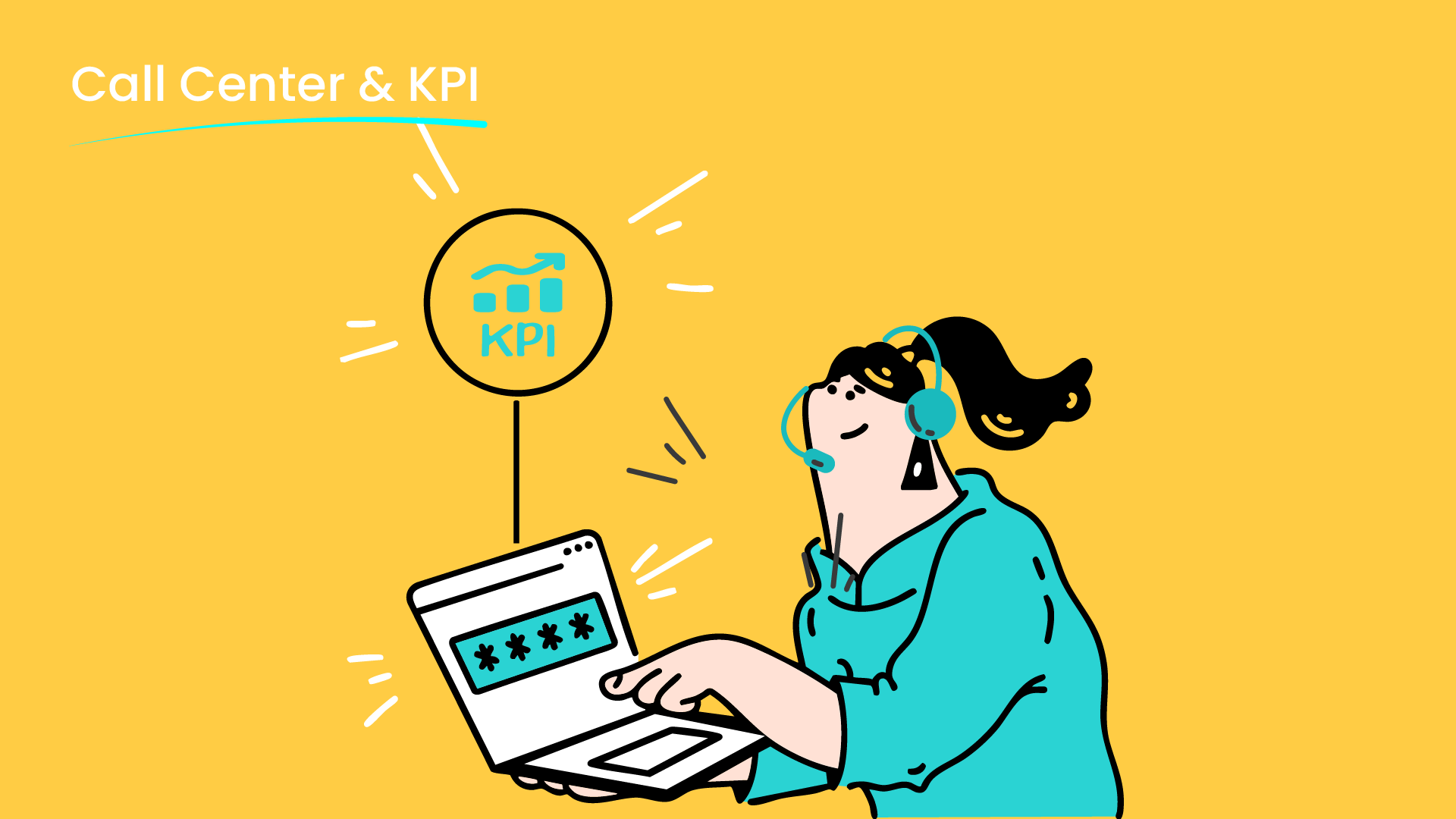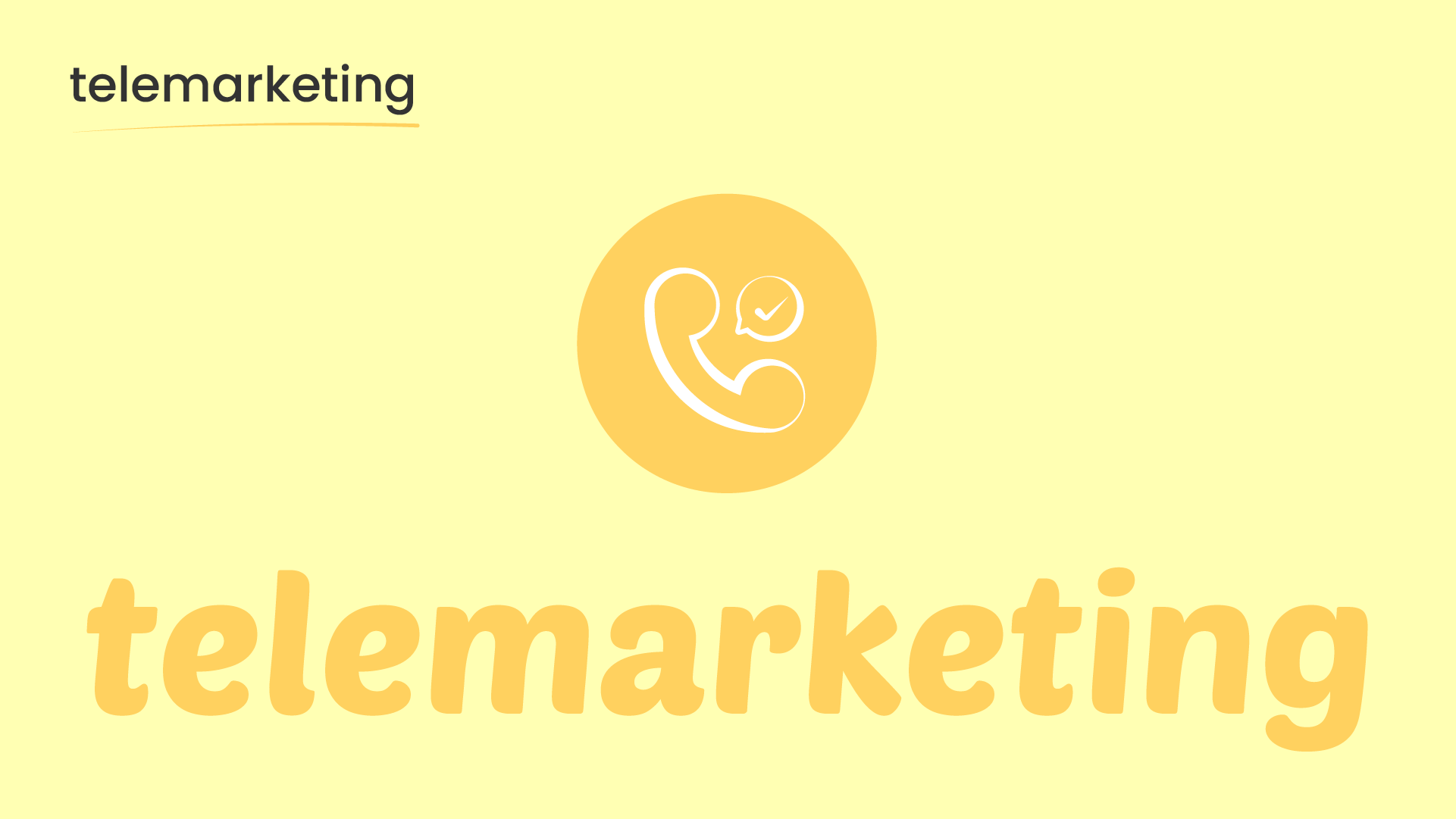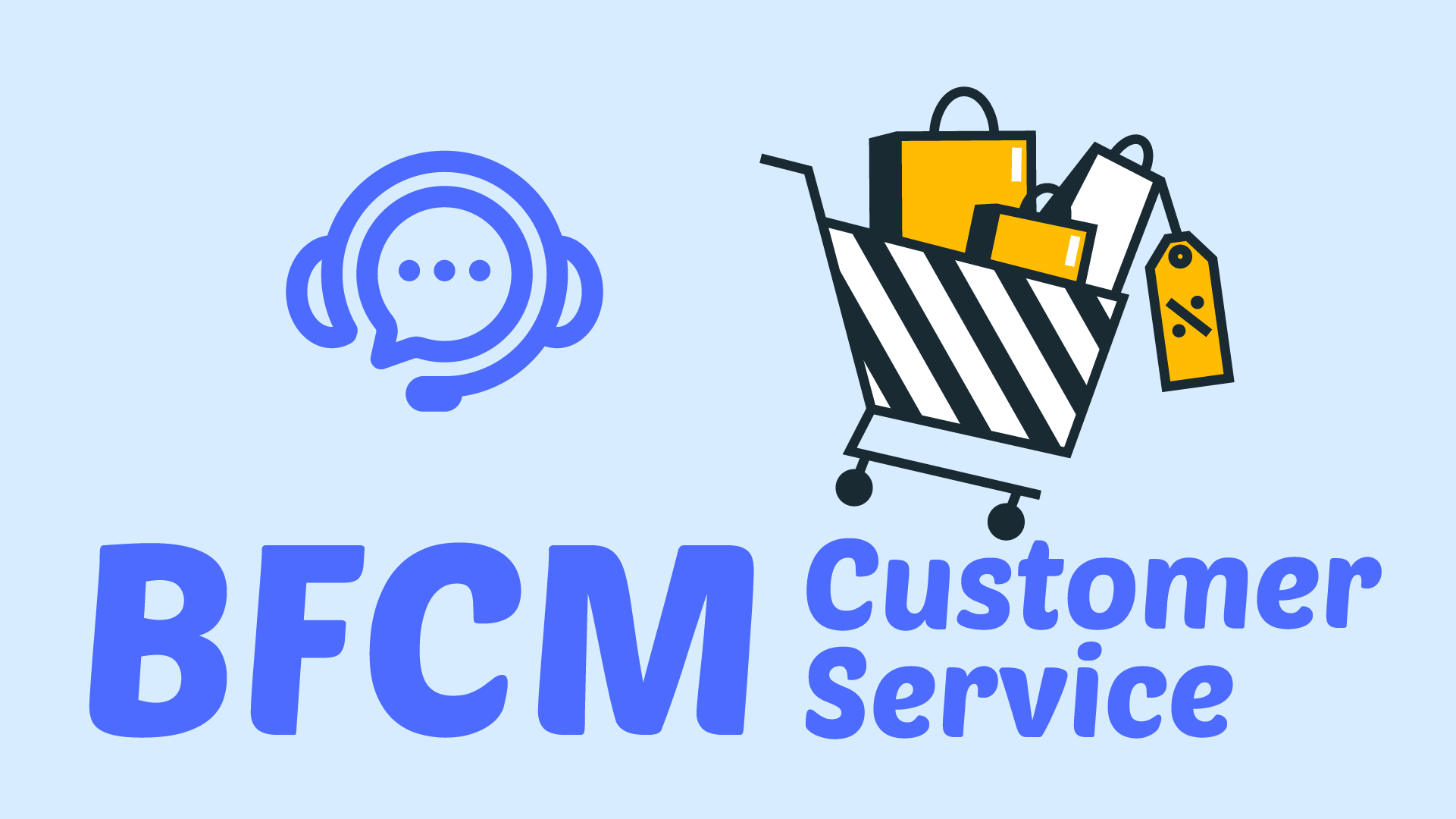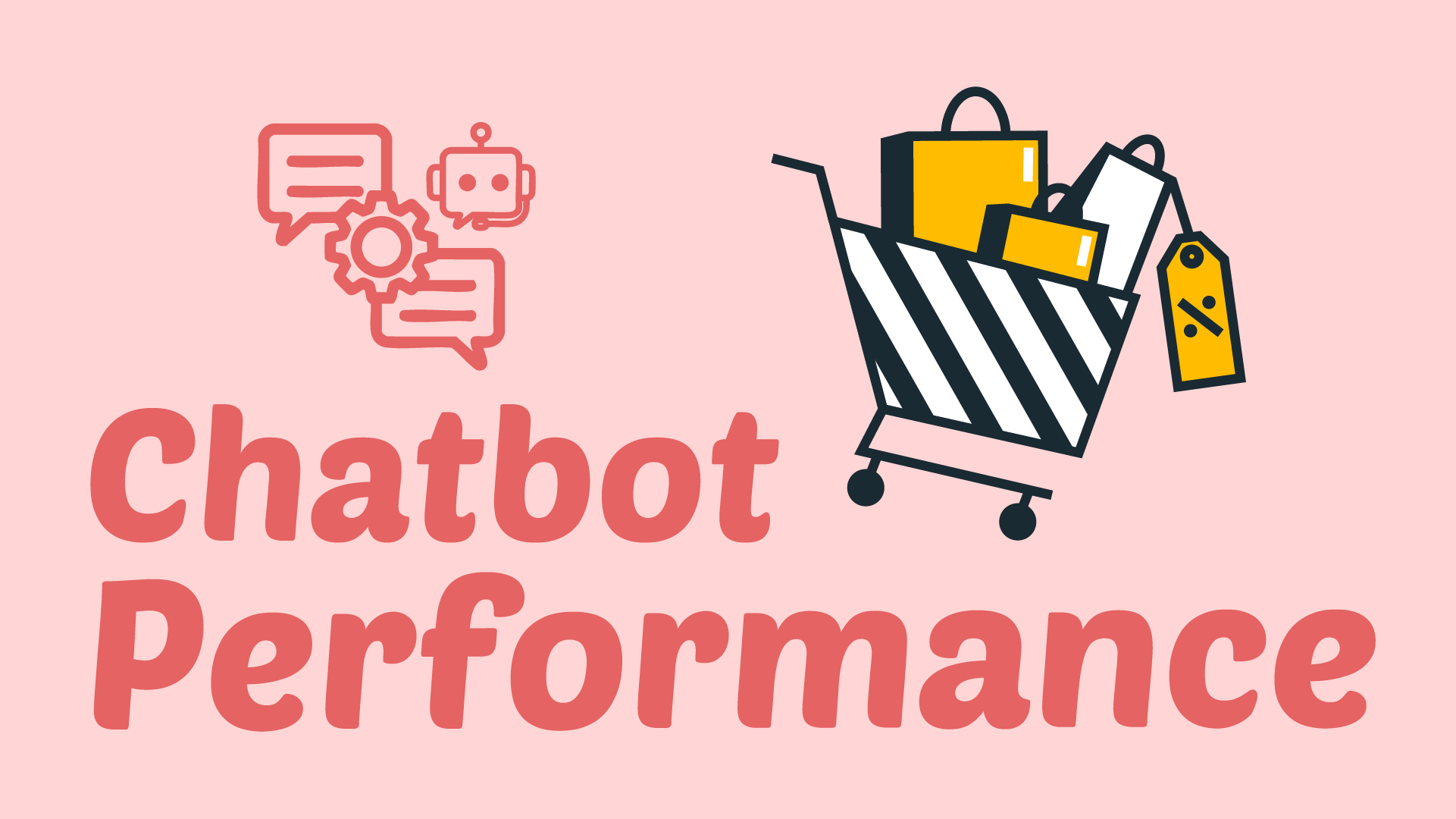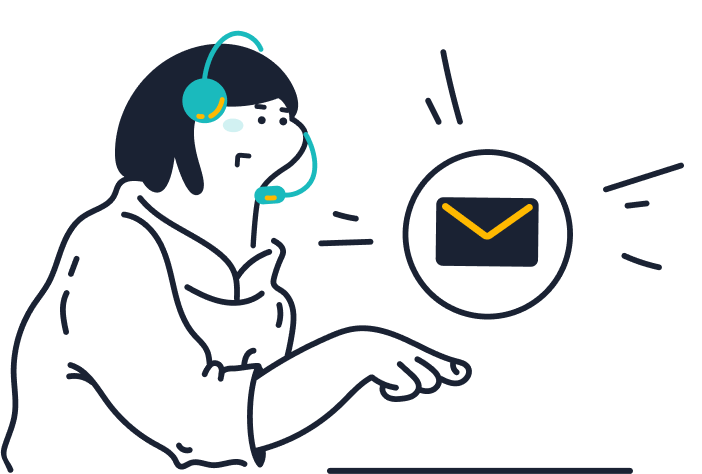In today’s world, where customer experience is paramount, customer service centers are progressively transitioning to digital transformation and refined processes. KPI management has transformed into a useful tool for managers. In general, contact center operations managers break down managerial goals to develop a variety of KPI indicators. What are the methods by which KPI indicators can be employed to direct and regulate the actions of front-line customer service representatives? This article comprehensively interprets the KPI assessment criteria across four dimensions and sixteen terms.
Traditional key performance indicators (KPIs) for customer service centers
Connectivity, service quality, average handling time, average ring count, and average waiting time—what are the benchmarks and metrics for improvement in these areas?
1. Connection Rate
The connection rate for incoming services is typically ≥80%, whereas the outbound service connection rate is often ≥60%, according to industry standards.
The recommended criteria state that the incoming service connection rate must be at least 85% and the outgoing service connection rate must be at least 65%.
Improvement measures: Inbound sale is a significant factor influencing consumer happiness. There is a direct correlation between the connection rate and the client loss rate of the contact center. If the connection rate is too low, more customers may be unable to contact the call center, resulting in unhappy customers. At this point, managers and performance managers should investigate the causes of the low connection rate and implement corrective steps. The poor connection rate is often caused by two factors. The first is a fault with the contact center’s communication technology, which causes the system to lose client data and prevents them from reaching the IVR or manual seats. The second issue is that the contact center’s seat resources are insufficient for the incoming volume. In an effort to maximize employees’ cost savings, the contact center may choose to prioritize certain customers over others, leading them to wait or even be lost for a short while. Managers should be vigilant about monitoring the connection rate at all times and ensuring it stays within the prescribed KPI value through resource allocation flexibility.
An essential measure of data quality for outbound solutions is the connection rate. An excessively low connection rate indicates that the majority of the contacts in the data are incorrect. A low connection rate wastes the contact center’s time and resources, as well as its workforce resources. It is imperative that the manager promptly investigates the causes of the call center’s abnormally low outbound connection rate. Once the manager has eliminated technical system issues as a possible cause of the call center’s outbound call costs, they must pay close attention to data quality, analyze data quality, and make arrangements to update and maintain the database to ensure data correctness to the best of their abilities. Data updates may be completed synchronously with each project’s outbound duties, or the remaining customer service representative can be scheduled to validate the data to assure data quality.
2. Service Level
It is customary practice in the industry to answer 80% of calls within 20 seconds. It is recommended that 95% of inquiries be answered within 20 seconds.
Development strategies: The service level is a critical metric for evaluating the customer service capabilities of a call center. In addition, it is a crucial metric that influences both call center expenses and consumer satisfaction. The call center must evaluate the correlation between cost and satisfaction when developing such an indicator. The indicator will occupy a significant amount of call center resources if it is set too high. Setting it too low can result in excessive waiting time for customers, which in turn may impact their level of satisfaction. Consequently, the service level is directly proportional to the configuration of the number of seats. It is imperative that quality managers monitor the service level at all times and implement timely updates to seat data to ensure that the call center can minimize costs while maintaining satisfactory customer satisfaction.
3. Average Processing Time
Around 210 to 330 seconds is the ordinary range for the call center industry.
The recommended standard is 60-180 seconds; however, the processing time required by various businesses may vary.
The pace of processing one request in a call center is a critical metric to determine the average handling time. The cost of the contact center is directly influenced by the level of workability of call center employees. The call center should conduct a distinct analysis of the post-processing time, the line holding time, and the conversation time when examining the average handle time. If the conversation is too brief, the agent may be unable to effectively resolve the customer’s issue, which could lead to the impression that the agent is dealing with the caller. Conversely, if the conversation is too lengthy, the agent’s workability might be a concern. At this moment, the quality manager should intensify monitoring and summon the recording to conduct a thorough analysis of the issue. During the post-processing phase, the agent primarily manages issues related to the call. To minimize the cost of calls, the call center needs to minimize the post-processing time. The primary strategies for lowering post-processing time include increasing the agent’s input speed, improving the agent operating system to ensure a user-friendly and intuitive interface, and eliminating unnecessary work processes.
4. Average Number of Rings
A typical amount in this industry is from two to three times, and two times is the preferred number.
A critical metric that influences consumer satisfaction is the average number of rings. Consumers usually can handle three rings, after which they’ll get impatient and complain. Call centers need to carefully limit the number of rings so that customers don’t have to wait too long. Meanwhile, increasing the line’s usage rate and reducing the number of rings may help the contact center save money. This indicator must be monitored regularly by quality management. It is important to promptly address any issues if it falls short of the standards. This indication may be managed via monitoring, agent concept training, and other techniques.
5. Average Waiting Time
A recommended standard is 15 seconds, but the industry norm is 20 seconds or less.
Customer happiness is also affected by the average amount of time people have to wait. People will hang up and call again if they have to wait too long. At the same time as it raises the switch’s workload, this time it makes consumers unhappy. The average wait time is directly affected by how well the number of seats matches the number of calls and how long it takes each seat to handle a call on average. Through enhancements to these two metrics, it is possible to enhance the average handling time.
Key Metrics for Customer Service Managers to Evaluate
This dimension includes comprehensive indications such as the inbound project share, one-time resolution rate, customer satisfaction rate, and attendance rate.
1. Outgoing Call Item Share
The industry norm is ≥90%, whereas the suggested level is ≥80%.
The occupancy rate is a critical metric for the control of call center costs, as well as for the assessment of agents’ responsibilities. An excessively low occupancy rate indicates that staff members are idle for extended periods and that there are too many agents compared to the number of calls. An excessively high occupancy rate will result in exhausted staff, making it unable to provide a quality connection rate. Thus, the management needs to investigate the causes if the occupancy rate is abnormally low. If it is a human element, such as the agent intentionally keeping the phone busy or doing too many activities unrelated to work, agent training and supervision should be improved. If there is no human element, the management must limit agent resources to ensure that the agent’s workload is saturated. Management might think about hiring more agents if the occupancy rate is too high.
2. Single Resolution Rate
Both the suggested level and the industry-standard are ≥85%.
The single resolution rate is a key metric that influences customer satisfaction. Customers will be concerned about the call center’s competence and workability if they are required to contact the call center several times or if the call gets routed multiple times before the issue is resolved. This will impact the customer’s confidence in the call center. Customers may have doubts about the company’s service skills and attitude if they are entrusted with serving them by such a contact center. Furthermore, a high volume of transfers and callbacks will significantly raise the call center’s expenses. If this metric is too low, managers must examine the issue and implement the necessary fixes. Generally speaking, there are several factors: First, the agent is unable to resolve client issues in a single session due to a lack of business expertise or professional experience. Managers now need to improve the agents’ training. Secondly, the call center’s problem-solving process is not capable of enabling agents to resolve issues in a single step. Now is the time for managers to look at the process and change it.
3. Customer Happiness
The recommended standard is customer must be pleased with the service and sign the order again.
If customers are unhappy with their experience, quality managers need to talk to customers more deeply, make new plans for how to meet their needs and come up with strict project implementation and control plans to make sure everything is done on time and to the promised quality and quantity. For call centers, customer satisfaction is the primary source of revenue and is of paramount importance. The goal of quality management and call center managers should be to provide services that go above and beyond what customers anticipate, provide in-depth development of client business requirements, and increase customer loyalty.
4. Attendance Rate
The benchmark for the industry is at least 95%. It is recommended that attendance rates be established by the number of activities, but it must be maintained above 90%. Maintaining a steady flow of operations in customer service projects relies heavily on attendance rate. It is important to investigate thoroughly to see whether a consistently low attendance rate is due to the actions of a single employee or a project-wide issue. If the employee is responsible for the issue, it is imperative to engage in dialogue with them. If this is a frequent issue, it is vital to review the company’s incentive structure and management systems.
Qualitative Assessment Indicators for Training
This dimension includes detailed indications such as the outcomes of business assessments, the monitoring pass rate, and the service attitude complaint rate.
1. Business Assessment Outcomes
Customer satisfaction and work proficiency are directly influenced by the agent’s level of business understanding, which is a critical metric for call center quality management. The representative’s business knowledge assessment score must exceed 80 points.
The call center must establish explicit criteria for the agent’s business knowledge proficiency. The methods, content, and cycle of spot reviews or assessments must be established by call center management. In order to promptly offer support and training to employees, it is imperative to evaluate the business expertise of unqualified agents and seek assistance from the training department. The manager must refer the issue to the training section for unified training and support if the majority of the agents lack a comprehensive understanding of a specific business domain. Quality administrators must enhance the monitoring and supervision of business knowledge.
2. Monitoring Rate
It is suggested that the standard must be maintained at 99%. As a method of managing service quality, monitoring and listening are crucial in contact centers. To increase service awareness and quality, quality management people should evaluate monitored calls to find out why agents provided unqualified services. They may do this by recording sharing, agent self-monitoring, training, and other methods.
3. Service Attitude Complaint Rate
The current industry standard is 5, but the proposed standard is less than or equal to 3. One important measure that impacts customer satisfaction is the rate of service attitude complaints. Call centers could take many measures to avoid complaints about service attitude, such as providing service quality training, introducing service concepts, monitoring calls, collecting and storing recordings, and using negative reinforcement. It is imperative that the contact center makes a concerted effort to avoid customer complaints since, by the time they occur, the consistent service has already resulted in major losses.
Key Indicators for Telemarketing
This dimension includes detailed indicators like daily outbound call volume, average cost of a single call, number of successful calls every day, and the efficiency of outgoing call project work.
1. Daily Outbound Call Volume
Depending on the company, the recommended standard can be anywhere from 150 to 350. While outbound call volume can be a useful tool for managing outbound call projects, it is important to note that it should be used in conjunction with outbound call success volume and data quality for optimal results. Regularly, managers should verify that all seats have completed their outbound call volume, investigate why some employees consistently fail to complete their tasks, guide how to increase business knowledge and outbound call skills, control non-work-related distractions, etc. If the majority of project workers are unable to fulfill the criteria, the project manager should reevaluate the fairness of the key performance indicator value and make the necessary changes.
2. Average Cost per Call
Call center projects that use project management software also track the cost per call, with various projects using different metrics.
Single call cost is a critical metric for call center cost management; however, it is not easily comparable to industry standards due to its significant influence on the call center’s development expenses. When the call center manages the cost of a single call, it should prioritize vertical comparison. The project should endeavor to minimize the cost of a single call while maintaining customer satisfaction. The cost of a single call can be decreased by increasing the agents’ capacity for providing excellent customer service, cutting down on average processing times, enabling quick wait times, eliminating agent waste, streamlining workflows, enhancing user interfaces, and managing agent investment.
3. Daily Success Volume
Key performance indicators (KPIs) for project success can vary widely due to the unique nature of each project and the unique business needs it addresses.
An effective and widely used method for implementing agent target management is success volume management. The mechanisms for improvement are comparable to those that are implemented for outbound call volume.
4. Outbound Call Project Efficiency
Both the industry standard and the recommended standard are 70% or higher. An important metric for call center cost control and a gauge for seat staff workload rate is the outbound call project efficiency. A low work efficiency indicates that the employee’s workload is not sufficiently saturated. Consequently, it is the manager’s responsibility to determine the root causes of low work efficiency. If it’s a human error—that is, the seat is multitasking excessively—then the training and supervision of the seat needs to be improved. If it’s not a human error, the manager should make timely adjustments to other outbound call KPIs and boost productivity by raising the daily outbound call or success volume KPI values. This will help make the most of the available seat resources and ensure that they are fully occupied. To avoid overstressing the seat, management should think about lowering other key metrics if the occupancy rate is excessively high.
There is no such thing as an easy or challenging customer service performance evaluation. It is possible to adjust the evaluation criteria and conditions based on the company’s needs. After all, what we require for managers of customer service centers is not performance-ism but rather performance spirit among their employees.
